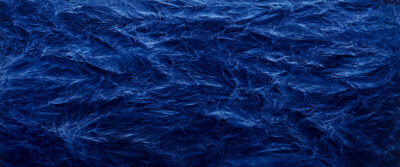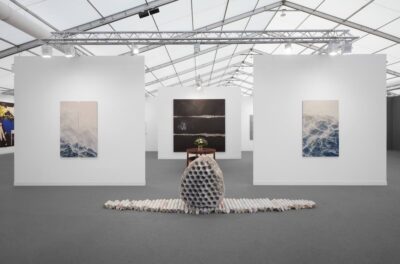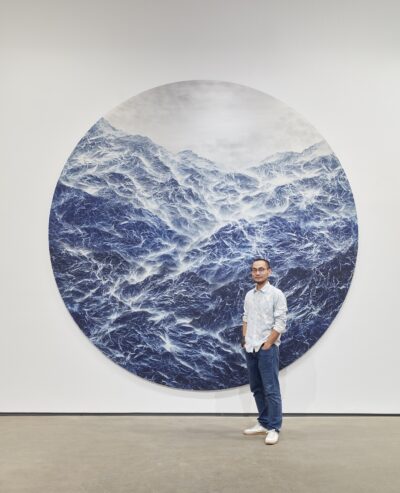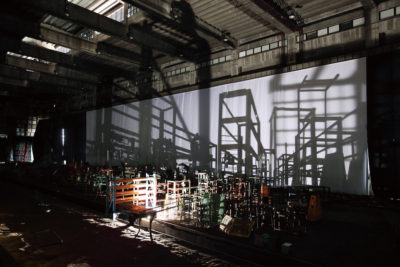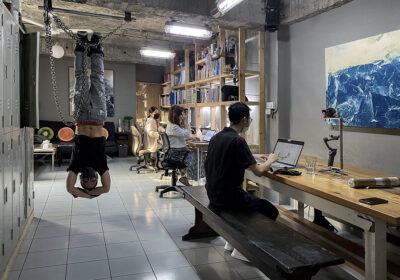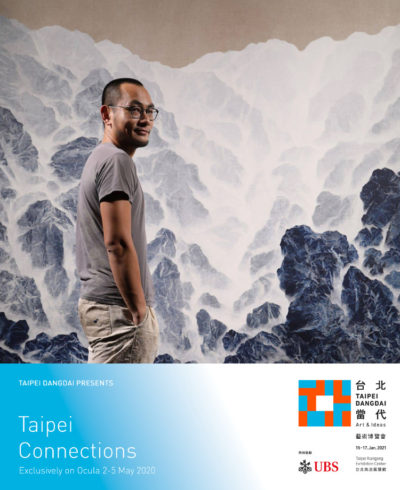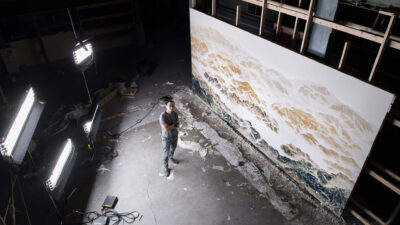
Santa Barbara Independent Features: Visual Artists Bring a Gentle Rewiring to Santa Barbara
《Santa Barbara Independent》展評:視覺藝術家們為聖塔芭芭拉帶來思維挑戰
Still Life 012 – Buttercup Tree and Still Life 014 – Yellow Mai Flower, both acquired by Santa Barbara Museum of Art, are now on view in the group exhibition Mediated Nature of the museum till December. In an exhibition review in Santa Barbara Independent, it is stated that the works have “challenged our media consumption habits at a different level.” “Chi-Tsung enacts a faux-pas in an entertainment landscape where plants are mere mute extras meant to signify exoticism. His shots linger on a stationary plant for more than six minutes. In his work, the medium of video is camouflaged as painting. Although celebrating the mundane can be an oversubscribed concept, the elaborate care in Chi-Tsung’s work — the crispness of the colors, the subtle mist-like atmosphere enveloping the plants — bends time. The viewer wonders, ‘Have I been watching this flower for six minutes or 20’? When the medium changes, so does the message. Chi-Tsung’s “Still Life 012 — Buttercup Tree” carves new depths within our experience of mundanity. A shivering leaf becomes a noteworthy event, and mist traveling slowly along a plant’s wet roots becomes an erotic experience.” 吳季璁的兩件錄像作品《小品之十二 彎子木》和《小品之十四 黃梅》被美國聖塔巴巴拉美術館收藏,並將於美術館群展《媒介化的自然》中展出至十二月。當地媒體《Santa Barbara Independent》對該展覽的展評稱《小品》系列影像作品從不同角度挑戰了人們的媒介使用習慣。 「他戲謔般地設置出了一個人工造景,身處其中的植物不過是無聲渲染著東方情懷的臨時演員,鏡頭就這樣在靜止的植物上停留了六分鐘有餘。在這間作品中,影像媒介被偽裝成了繪畫。雖然作品也許並未刻意落腳於對於平凡的讚美,但是其中卻充滿著精緻的細節,那清晰的色彩、籠罩著植物的氤氳煙霧均模糊了時間的概念。令觀眾不僅疑惑,『我看了這朵花多長時間了?是6分鐘還是20分鐘?』 當媒介改變時,其傳遞的信息也隨之改變。季璁的《小品之十二 彎子木》為我們的日常經驗帶來新的感知可能:一片顫抖的樹葉成為令人注目的焦點,而沿著植物的濕潤根部慢慢遊移的水霧則為畫面增添了調情意味的氛圍。」 Written by 文/ Halim Madi
READ MORE
